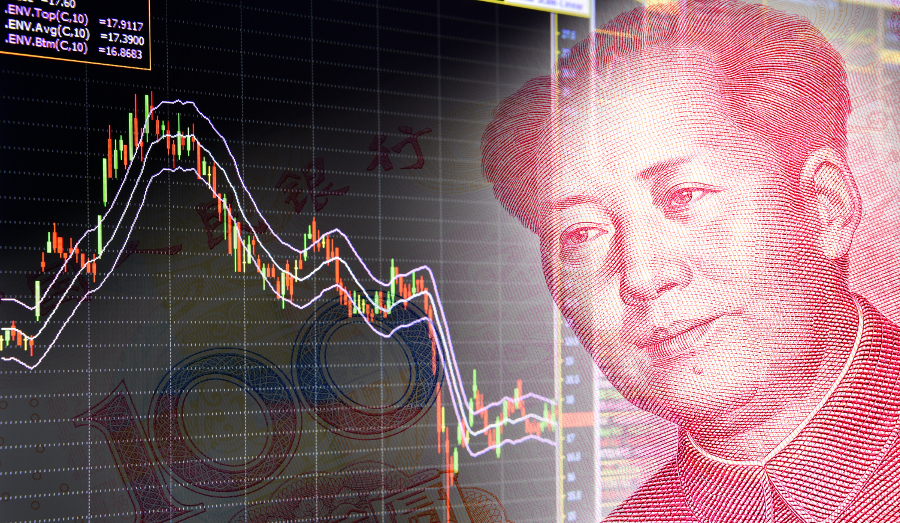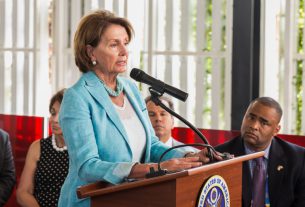With the Chinese government injecting record amounts of liquidity into the banking system last week there is widespread speculation that the Chinese economy is not doing too well. Those liquidity injections follow a rate cut that was an attempt to boost economic activity. Trade data from December showed that Chinese exports in December fell 4.4% year-on-year versus the 2.0% increase that was expected and imports fell 7.6% year-on-year, versus the 4.5% expected. Those are huge misses and huge decreases. If that trend continues then China could be well on its way towards a severe recession.
That’s bad news not only for China but also for China’s largest trading partners. US consumers will likely have to pay even higher prices for Chinese-made goods, but they won’t be the only ones. South Korea, Japan, Germany, Brazil, India, and other countries for whom China is one of their largest trading partners will also see their economies affected by a Chinese economic slowdown.
The Chinese economic bubble has been a long time in the making, buoyed by huge ghost cities and massive amounts of infrastructure spending. Much of that building was supported by massive debt issuance, leaving China one of the most indebted countries in the world. When the bubble finally bursts, it won’t just be the Chinese people who feel its effects. What happens in China will have worldwide ramifications.
China isn’t the only country facing massive piles of debt either, as the US, Europe, and much of the developed world took on huge debt loads as as result of the low interest rate environment created by central banks in the aftermath of the financial crisis. That debt can’t continue to accrue forever, it will either have to be repaid or the issuers will have to default. We saw just how disruptive debt levels were during the 2008 crisis, and they’re much worse now. So batten down the hatches and get ready for the next crisis because it could make 2008 look like it was nothing.
This article was originally posted on Red Tea News.





